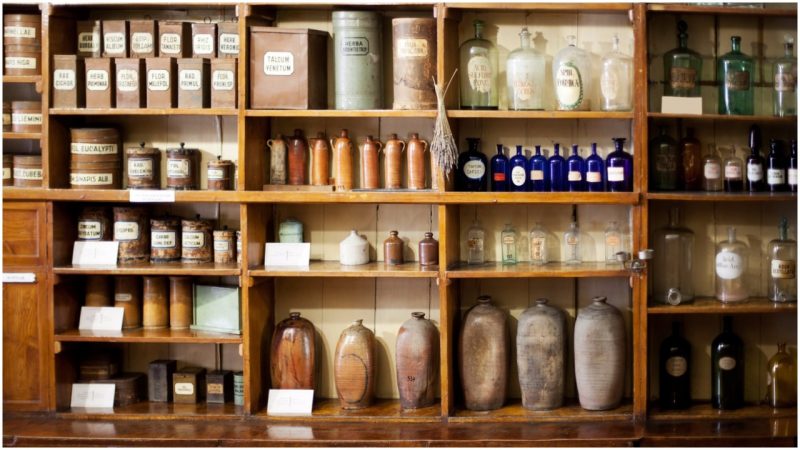Since childhood, we all know that some of the things that are made to cure you either feel bad or taste bad, or as some people say: “if it tastes bad it must be good for you.” It turns out that this unwritten rule has been taken to some extremes in the past.
Judging by the cures and medical procedures listed below, we can conclude that human “ingenuity” can go very far when it comes to finding a cure. Here is a list of some of the procedures and cures used in the past.
Treacle
This solution is one of the sweetest on the list; the others are by far more unpleasant. Made from partly refined sugar, treacle was brought into England back in the 14th century. Herbalists of the past used it in a mixture of ingredients for treating various diseases.
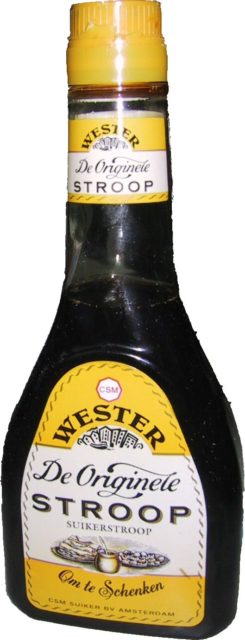
Apparently, it was also considered as a cure for the Black Death. Unfortunately, to be effective, it had to be at least ten years old. People believed that treacle could completely remove the plague from the body. There is some logic to this, as when the syrup was left to mature for some time, disease-fighting molds, yeasts, and other cultures may have developed in it.
A spoon of crushed emeralds
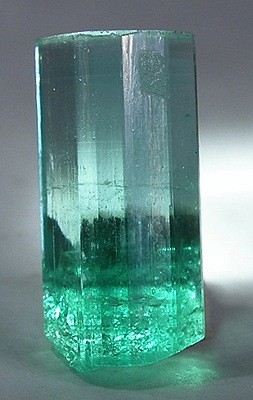
It seems that this was a cure for kings. The method is simple: people used to ground down this precious stone in a mortar and pestle, mix it with water and then drink it like a potion.
Mixing it with water was the more common option but sometimes it was mixed with food (bread) or simply swallowed. Emeralds might be pretty, but the thought of eating them is not that pleasant at all. Far from being a delicacy, crushed emeralds most probably taste and feel like crushed glass shards.
Taking a bath in urine
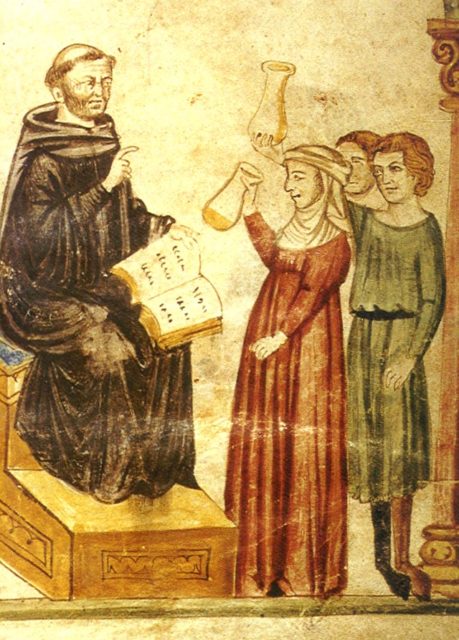
Urine is another sample of one of the all-curing substances, used to treat all kinds of health problems throughout history. People especially loved it in Medieval Europe. Plague constantly infested people and it was widely believed that bathing in urine few times a day would help to relieve the terrible symptoms of the disease. Drinking a glass or two of the liquid was also recommendable. During the years of the Black Death, clean, uninfected, urine was collected and given or sold to those people in need.
Rubbing the victim’s body with a chicken
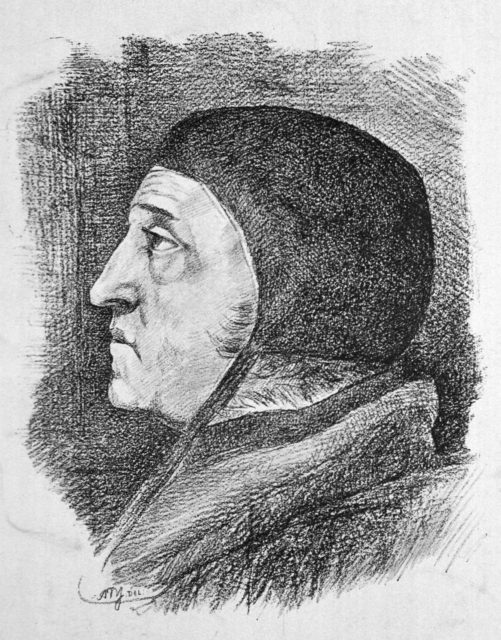
It may sound like a joke, but it was a real method which was often used by medieval doctors. The whole ritual was called “the Vicary Method.” It was named after Thomas Vicary, the English doctor who was one of the best-known surgeons in London at the time and invented this rather strange method. First, a hen’s backside needed to be shaved and then strapped on the swollen lymph nodes of the sick person.
All of this was done with a live and breathing chicken. Then, when the chicken would get sick too, it needed to be washed and applied on the person repeatedly until only the chicken or victim remained healthy. Strangely enough, the technique was quite popular and widespread. But, little did they know that sick chickens spread their plague-ridden parasites everywhere endangering the lives of many people.
Applying human excrement paste on the victim
This one is probably the most disgusting. A cure from hell. The inflamed lymph nodes in the armpits or groins of the plague victim were opened to allow the disease to “leave” the body, and then a mixture of tree resin, flower roots, and human excrement was applied directly on the wounds. The “treated” places were then wrapped up. This whole process is probably a good starting point for a whole new disease.
Trepanation
Trepanning, which in translation means drilling a hole in someone’s head, is an ancient surgical procedure which involves drilling or scraping a hole in a person’s skull.
Trepanning is still done today, but in a controlled medical environment as a way to reach the brain and cure some intracranial disease or injury. Back in the ancient days, the village witch doctor, or shaman, was the one who decided if somebody needed to be drilled. Usually, the people who were diagnosed with abnormal or wild behavior (often due to some mental illness), had their skulls drilled so that the evil spirits could escape from their heads.
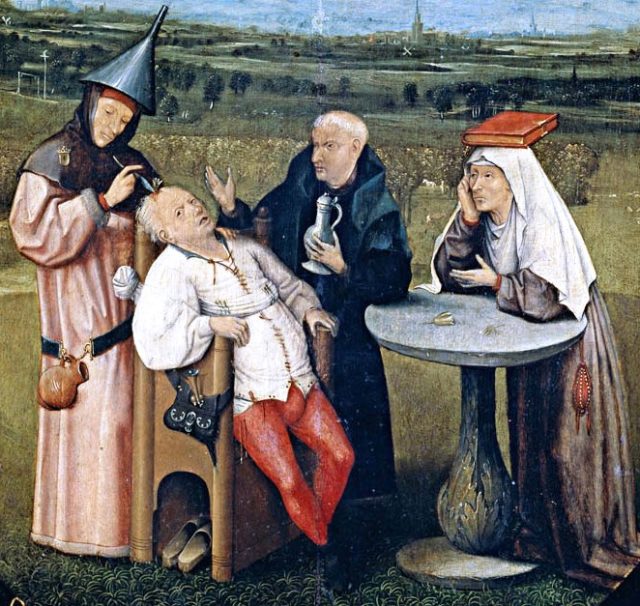
According to evidence found in some prehistoric cave dwellings, the practice of trepanation is probably one of the oldest surgical procedures in the world. According to a 2013 article published in the Daily Mail, cave paintings suggest that skulls were opened for various illnesses such as epileptic seizures, headaches, and mental disorders.
Bloodletting
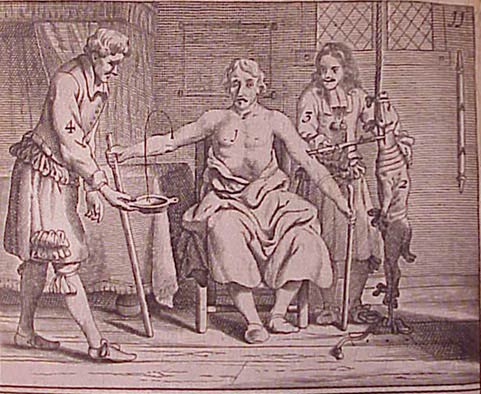
Here is another medical procedure that was practiced since ancient times. Bloodletting is the act of cutting a patient’s blood vessel open and withdrawing a certain amount of blood out of him. This was done because people believed the procedure works for all sorts of diseases.
The idea that bloodletting is an efficient curing method came from the ancient belief that blood, as well as other bodily fluids, (collectively called “humors”) had to be in a constant state of balance so that a person could remain healthy. This procedure was one of the most common procedures done by surgeons until the 19th century. It was later discovered that, realistically, bloodletting helped only with the regulation of hypertension, and only if another method of regulating blood pressure wasn’t available.
Cauterizing Hemorrhoids with Hot Irons
Hemorrhoids have been a pain in the “behind” for centuries. People have invented various ways of treating them through the ages. Some of those methods were less painful, while others, like the one described here, hurt a bit more.
Modern medicine treats severe cases of hemorrhoids by cutting them and then cauterizing them with electrical wires or laser, under the effects of an anesthetic. But these modern tools weren’t available for the patients in the past. Medieval doctors did the same procedure, but instead of a laser, they simply used a heated iron to burn the problematic swollen vein. It sounds very painful.
The tobacco smoke enema
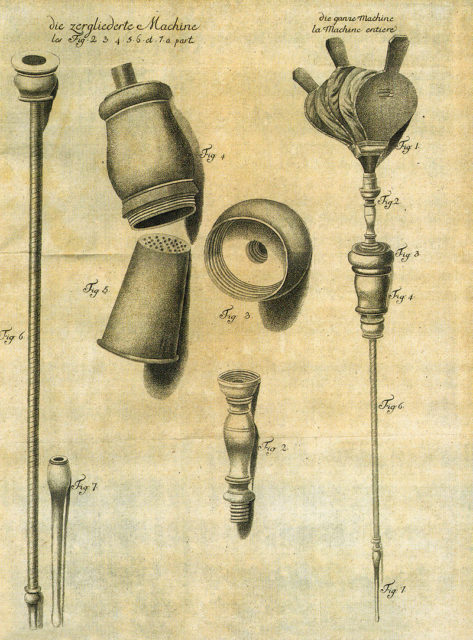
After tobacco was brought to England from the Americas in the early days of colonization, it was immediately recognized as a cure for many things. One of the procedures involving tobacco was borrowed and adapted from an old Native American practice–blowing tobacco smoke into the anus of a patient suffering from colds, drowsiness, or gut pains. For this procedure, European medical practitioners invented the tobacco smoke enema. Besides tobacco smoke, liquid tobacco enemas were also prescribed to patients suffering from a hernia. Tobacco enemas were a thing until the beginning of the 19th century when doctors discovered that nicotine, which is part of tobacco smoke, is a poisonous substance.
Powder of sympathy
The usual practice of curing a wound involves applying a remedy directly on the wound, but not in this case. Some people in 17th century Europe thought differently.
This specialized half magical and a half medical procedure was exclusively invented for curing sword wounds by applying a powder on the weapon which caused the wound, but not on the wound itself.
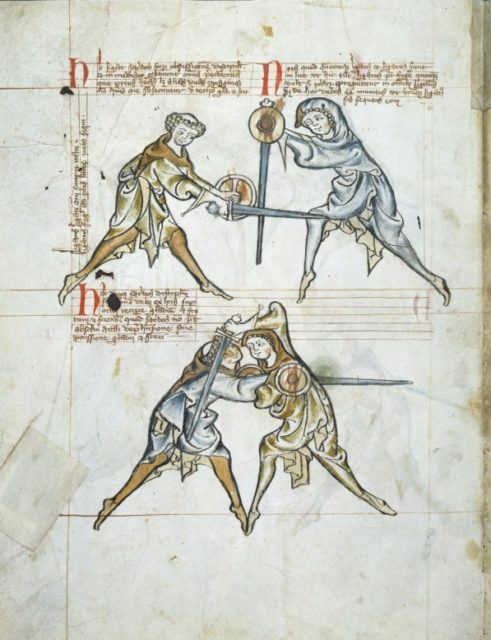
This way, people hoped that the weapon would heal the injury which was provoked. According to CBS News, the ingredients of the powder that was applied to the blade included, earthworms, pigs’ brains, iron oxide (rust), and bits of mummified corpses.
Snake Oil
Snake oil was introduced to the Western world mainly through Chinese laborers who worked on the First Transcontinental Railroad. They used to give this traditional Chinese remedy to workers who had arthritis problems or some other joint pains, claiming that rubbing some snake oil on the joint helped reduce the pain. It didn’t take long before they shared the healing powers of this remedy with the Americans, who soon started using rattlesnakes to make their own snake oil.
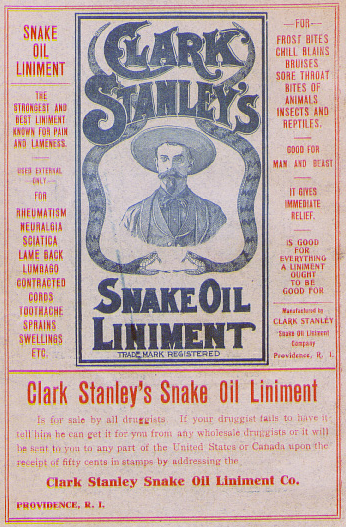
Western medicine practitioners looked suspiciously upon this remedy and made the term “snake oil” became a synonym for all those ineffective remedies with unidentified ingredients.
Vin Mariani
A glass of wine has long been considered beneficial for a person’s health, but in 1863 a French chemist called Angelo Mariani decided to make his own enhanced type of wine. When Mariani found out about the effects of the coca plant, he came up with the idea for the Vin Mariani tonic. The tonic wine made out of Bordeaux wine mixed with coca leaves soon became a worldwide sensation and a general cure-all. This was possibly the first commercial product to use coca leaves, which are the source of the highly addictive drug cocaine.
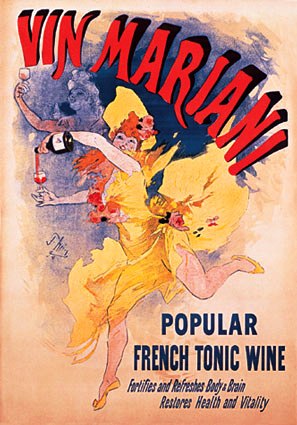
It was thanks to a successful marketing campaign that in a short period almost everyone became aware of the countless virtues of Vin Mariani which, according to its inventor, if taken in the recommended amount (two to three glasses a day), included preventing almost every known health problem. And on the plus side, it also gave more energy to those who consumed it. Many celebrities of the era, including Thomas Edison and Queen Victoria, enjoyed drinking Vin Mariani and helped in the popularization of the drink.
Heroin Cough Syrup
Heroin is one of the most abused and addictive substances in the world, but at the beginning of the 20th century, people thought differently.
After Bayer had synthesized heroine out of morphine, they started to advertise it and sell it as a cough syrup for children. They claimed that unlike morphine, the heroine was non-addictive, but pretty soon it was proven that their claim was completely wrong. After some tests had been conducted, tests subjects said that the substance made them feel “heroic,” so the name heroin was given to this new drug.
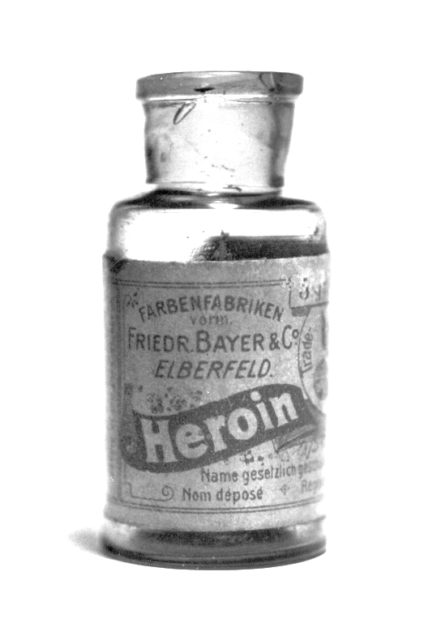
At the beginning, tuberculosis patients found the effects of the drug gave them relief from their symptoms, but soon the addiction effects took place and things changed. Finally, Bayer decided that it was time to discontinue the making of the product.
Mercury
Yes, we all know that mercury is toxic and deadly, but that didn’t stop people from using it as a conventional medicine for centuries.
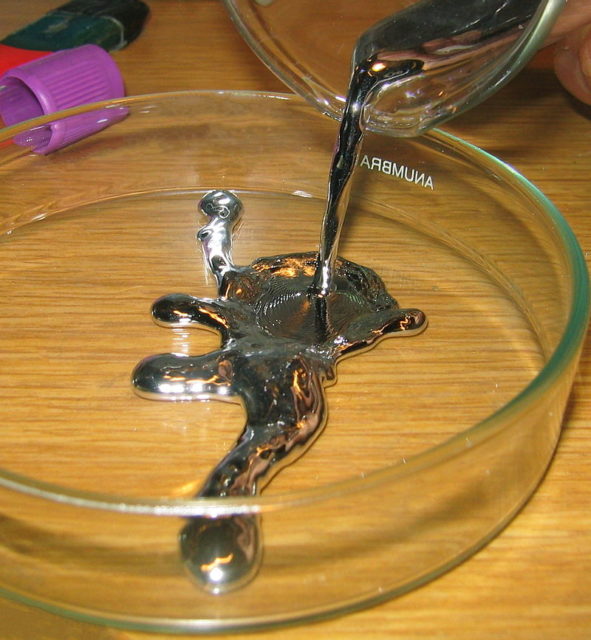
Some people even believed it was the elixir of youth. In ancient Greece, mercury was used as an antiseptic, while the Ancient Chinese thought that it could prolong the life of a person who consumes it. The practice of using mercury as medicine continued until the early 20th century, when it was used as a cure for syphilis.
Insulin coma therapy
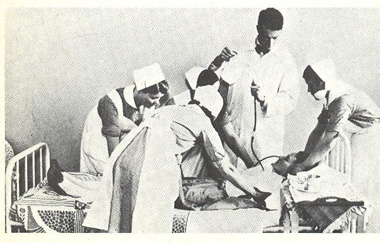
This psychiatric treatment used initially for schizophrenic patients involved the injection of massive doses of insulin in a patient, thus inducing comas that lasted for several weeks.
The procedure was invented in 1927 by a psychiatrist called Manfred Sakel. He believed that the treatment was effective in curing mental illnesses such as schizophrenia. Insulin shock therapy was practiced in many psychiatric institutions during the 1940s and 1950s.
Dead mouse paste
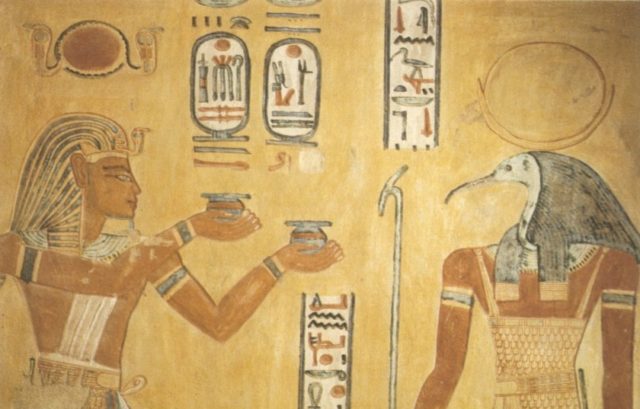
One of the most peculiar things that people did in ancient times was using dead mouse paste as an ointment. Toothaches were a common illness in Ancient Egypt, mainly because of the sandy environment. Sand enters food and causes dental problems. Somehow, ancient Egyptians “discovered” that dead and rotting mice could help with the dental problems which they had. They used to mash dead mice and then apply the disgusting paste over the problematic teeth. If toothaches were severe, a whole bowl of dead mice was prescribed.
Partial tongue removal as solution for a stutter
Glossectomy is a surgical procedure in which the tongue is removed. Hemiglossectomy, on the other hand, is a procedure in which the tongue is partially removed. Today, this is usually done due to some forms of oral cancer growth that may inflict the tongue, but in the past hemiglossectomy’s were performed for an entirely different purpose. During the 18th and 19th century, medical practitioners believed that cutting part of the tongue would help people who were suffering from a stutter. Those who underwent this procedure and survived (many bled to death), probably weren’t able to tell if it helped–it was so effective that people weren’t able to speak any longer.
Dwale: a crude and deadly anesthetic
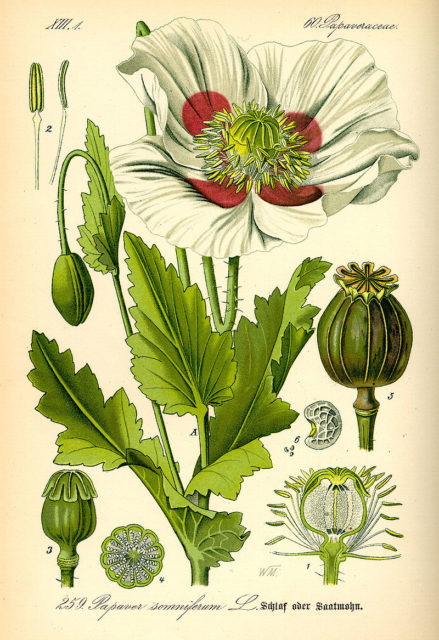
Medieval Europe was famous for strange potions and cures. One of those potions was an anesthetic called “dwale,” which managed to put people to sleep… forever. This concoction was a mixture of bile, opium, lettuce, bryony, and hemlock. Used between 1200 – 1500 A.D. in England, dwale had the ability to put the patients in a deep sleep and allow the surgeons to work, but on some occasions, the patients would stop breathing.
Metallic catheters inserted into the bladder
When urine was blocked and gathered into the bladder of a patient with syphilis, medical practitioners in the 1300s had rather harsh methods of unblocking it.
One of the tools used for this was called a urinary catheter, which was a metal tube that was designed to be inserted through the urethra directly into the bladder. It sounds like a hellish and painful procedure.
Inversion Traction
We all know that Hippocrates is considered as the father of modern medicine, but as it appears, not everything he said was medically correct and right.
Hippocrates recommended to people who had issues with the spine or pain in their joints and back, to be stretched with the help of a rope and a wooden ladder. This was done while the person was hanging upside-down.
